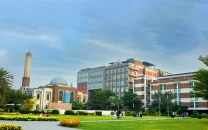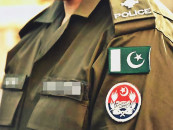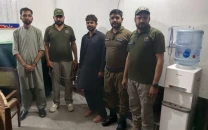THAAP Conference: ‘The Mughals knew the importance of GT Road’
Three papers were presented at the evening session on Sunday.

“GT road enters Pakistan at Khyber pass, passes through mountains, plateaus and plains, covering over 1,600 miles, ending at Sonar Gaon in Bangladesh,” says Architect Hussain Abdul Rehman Qazi. PHOTO: FILE
Architect Hussain Abdul Rehman Qazi read one on the Grand Trunk Road.
He said the GT road was a vital link between India, central Asia and Europe. “It enters Pakistan at Khyber pass, passes through mountains, plateaus and plains, covering over 1,600 miles, ending at Sonar Gaon in Bangladesh.”
He said the route had always received attention from Indian rulers. “It was extended by Sher Shah Suri to Narayangang district in Bangladesh – the eastern end of his empire.”
Qazi said, “Chandar Gupt Mauria’s grandson, Ashoka, had planted trees along the historical route.
“Akbar restored it [the road] to its former glory…the Mughals understood its importance for governing their vast empire.”
Architect Ali Arsalan Pasha presented a paper titled Molding the Red Earth. The paper, tracing the link between Africa and India, was dedicated to Nelson Mandela.
Pasha said all great ancient civilisations flourished along rivers.
Earlier, Architect Sahar Saqlain presented a paper titled An Evaluation of Timber Techniques practiced by Artisans of Chiniot and Gujrat.
Saqlain showed pictures of work done by Chinioti artists at Umer Hayat Mahal in Chiniot and the tomb of Hazrat Shah Burhanud Din Bukhari at Shadi Malang.
Taranah Yalda, an architect from Iran, talked about common roots of Irani and Pakistani handicrafts.
Published in The Express Tribune, December 9th, 2013.



















COMMENTS
Comments are moderated and generally will be posted if they are on-topic and not abusive.
For more information, please see our Comments FAQ